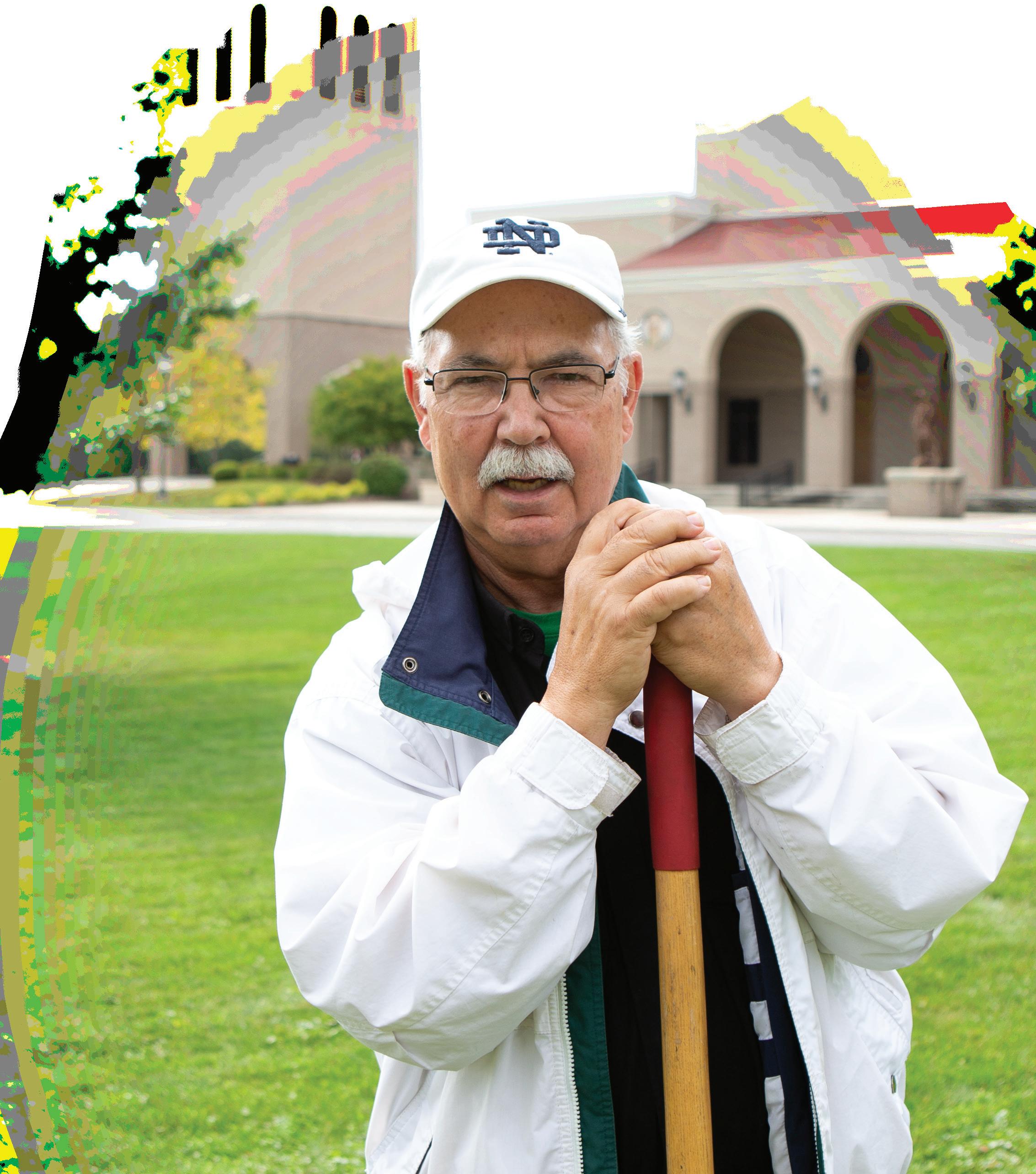
3 minute read
Gardening
Get your garden growing
It's never too early to start thinking about your Spring garden plan. Msgr. Hohenbrink shares nine tips to help your garden flourish.
Advertisement
BY ANNIE LUST
Msgr. Michael Hohenbrink grew up on a farm near Shelby, Ohio. His family of nine all helped in their massive garden, which had approximately 100 tomato hills alone! After 15 years working at the Pastoral Center as Vocations Director, he was assigned to St. Catherine Parish in Toledo, where he planted the first garden of his own. In 2000, he was transferred to St. Michael the Archangel Parish in Findlay, Ohio where he is now the retired pastor. Each year since 2001, Msgr. Hohenbrink has planted and tended a 16x24 ft. garden outside the rectory. Thanks to many years of gardening work, he has plenty of tips to help you plan your own garden this year.
KEEP THE PESTS AWAY, NATURALLY.
“I plant marigolds around the perimeter of the garden,” Msgr. Hohenbrink explained. This acts as a deterrent for pests and gives your garden some color. Another natural pest deterrent is oak leaves, particularly red oak. “Red oak has a very distinctive smell, and bugs don’t like it,” Msgr. Hohenbrink explains. Spread the mulched leaves on throughout your garden. They serve many purposes, including adding nutrients, loosening the soil, and keeping bugs away.
DON’T LEAVE TOO MUCH SPACE BETWEEN PLANTS.
Place your plants fairly close together. Less space between each plant means less space for weeds to grow. Msgr. Hohenbrink said, “It helps to keep control of the garden.”
PAY ATTENTION TO YOUR DIRT.
Pay attention to the moisture and temperature of your dirt. “If it’s too wet, it won’t grow. If it’s cold, it won’t grow!” Msgr. Hohenbrink stated.
KNOW WHAT TO PLANT FROM SEED AND WHAT TO PLANT AS TRANSPLANTS.
Typically root vegetables and fast-growing vegetables do best when planted from seed. “I wouldn’t plant carrots, red beets, parsnips, or lettuce by plants. On the other hand, tomatoes, peppers, zucchinis, and cucumbers I transplant,” Msgr. Hohenbrink explained.
ROTATE YOUR PLACEMENT OF PLANTS EACH YEAR.
“Rotating the garden is really important,” Msgr. Hohenbrink stressed. In the same way that farmers rotate their crops year to year, gardeners should rotate their plants. This helps prevent cropspecific pests and diseases from building up and carrying over from one season to the next.
DON’T PLANT TOO EARLY.
Planting too early can be disastrous for your plants. “I never plant before May 15,” Msgr. Hohenbrink said. You need to know the last average spring frost date for your area so you don’t kill plants by putting them in the ground prematurely.
KNOW WHICH PLANTS SHOULD BE NEIGHBORS.
“Do not plant tomatoes and cucumbers close to one another,” Msgr. Hohenbrink stated. Some plants are natural companions for one another, like tomatoes and basil.










